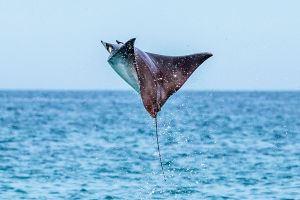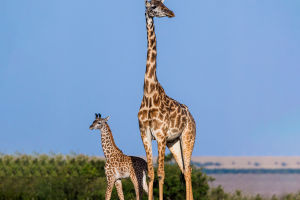Cattle egrets are fascinating birds that have adapted to a life closely related to herbivorous mammals, making them a common sight in many agricultural areas. Their ability to utilize disturbed insects and their adaptation to a variety of habitats has contributed to their successful global expansion.
Appearance: Cattle egrets are small to medium-sized birds, about 46-56 cm (18-22 inches) long. They have white plumage, a stubby neck, and a thick yellow beak.
During the breeding season, adults develop pale yellow feathers on their heads, necks, and backs. Their legs are usually yellow or gray and their eyes are bright yellow.
Distribution: Native to parts of Africa and Asia, the cattle egret has managed to expand its range and can now be found on every continent except Antarctica. They are migratory birds in some areas and perennial resident birds in others.
Habitat: Cattle egrets are highly adaptable birds that can be found in a variety of habitats, although they tend to prefer open grasslands, wetlands, and agricultural areas.
As their name suggests, they are often associated with grazing cattle or other large mammals, feeding on insects and small animals disturbed by their activity.
Feeding Behavior: Cattle egrets are opportunistic feeders. They have a symbiotic relationship with herbivores such as cows, horses, and zebras. They forage near these animals, catching insects and other small invertebrates that are stirred when the mammals move through the grass.
Breeding: Cattle egrets are gregarious nesting birds, usually forming large flocks in trees or shrubs near bodies of water. During courtship, breeding adults display their elaborate plumage and perform various displays, such as pointing their beaks and stretching their necks.
The female lays 3-5 eggs, and the parents take turns incubating them for about 20-25 days. Incubation is not synchronized, and the parents feed them by regurgitating food until they fluff after about 5-6 weeks.
Social Behavior: These egrets are social birds and are often seen in large flocks outside of the breeding season. They also exhibit cooperative breeding behavior, with some non-breeding individuals helping to raise young in the group.
The following are conservation measures for cattle egrets:
1. Habitat protection: Cattle egrets mainly rely on wetlands and farmlands for foraging and reproduction. Protecting and restoring these habitats is critical to the conservation of cattle egrets.
This includes protecting wetlands, protecting farmland ecosystems, and reducing habitat damage such as wetland filling, pesticide use, etc.
2. Legal protection: Many countries have laws and regulations to protect wild birds, including cattle egrets. These laws restrict the killing, trade, and illegal capture of cattle egrets and their nesting sites. Enforcing these laws and stepping up efforts to combat illegal capture and trade are important steps toward protecting cattle egrets.
3. Education and publicity: It is very important to raise public awareness of cattle egrets and their protection. Through education and outreach campaigns, awareness of the importance and value of this bird can be raised, leading to proactive conservation action.
4. International cooperation: Cattle egrets are migratory birds that span many countries and regions. Therefore, international cooperation is crucial for the protection of cattle egrets. By sharing information, experiences, and best practices, greater international cooperation can protect this bird more effectively.
5. Monitoring and research: Monitoring and research on the population status, migration patterns, breeding habits, and other information on cattle egrets are crucial for formulating effective protection measures. By regularly monitoring population numbers and studying their ecological needs, necessary conservation actions can be taken in a timely manner.
The implementation of these conservation measures helps to protect cattle egrets and their habitats, ensuring their survival and reproduction.


